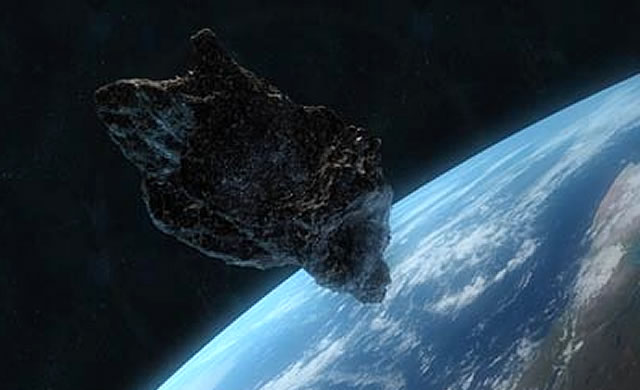
Asteroidi possibili vettori della vita sulla Terra. Rispolverata la panspermia – La vita microbica potrebbe aver viaggiato attraverso lo spazio siderale per giungere qui sulla Terra a bordo di meteoriti a bassa velocità
I ricercatori riferiscono che in determinate condizioni, vi è una elevata probabilità che la vita sia giunta sulla Terra – o che sia stata diffusa dalla Terra su altri pianeti – durante l’infanzia del sistema solare, quando la Terra e i planeti extrasolari presenti nelle stelle vicine al Sole erano abbastanza vicini l’una agli altri da riuscire a scambiarsi molto materiale solido, grazie agli asteroidi. I risultati forniscono un forte sostegno alla litopanspermia (dal greco: lithos=roccia, pan=tutto, sperma=origine), l’ipotesi che le forme di vita più semplici si distribuiscano in tutto l’Universo per mezzo di frammenti planetari, come i meteoriti, lanciati nello spazio da eruzioni vulcaniche o da potenti collisioni con oggetti come gli asteroidi. Alla fine, la gravità di un altro sistema planetario riesce a catturare queste rocce vaganti, che possono contenere un carico di vita batterica.
Fonte/Leggi tutto → gaianews.it
Slow-Moving Rocks Better Odds That Life Crashed to Earth from Space
Microorganisms that crashed to Earth embedded in the fragments of distant planets might have been the sprouts of life on this one, according to new research from Princeton University, the University of Arizona and the Centro de Astrobiología (CAB) in Spain. The researchers report in the journal Astrobiology that under certain conditions there is a high probability that life came to Earth or spread from Earth to other planets during the solar system’s infancy when Earth and its planetary neighbors orbiting other stars would have been close enough to each other to exchange lots of solid material. The work will be presented at the 2012 European Planetary Science Congress on Sept. 25. The findings provide the strongest support yet for “lithopanspermia,” the idea that basic life forms are distributed throughout the universe via meteorite-like planetary fragments cast forth by disruptions such as volcanic eruptions and collisions with other matter. Eventually, another planetary system’s gravity traps these roaming rocks, which can result in a mingling that transfers any living cargo.
Source/Continue reading → www.sciencedaily.com





















